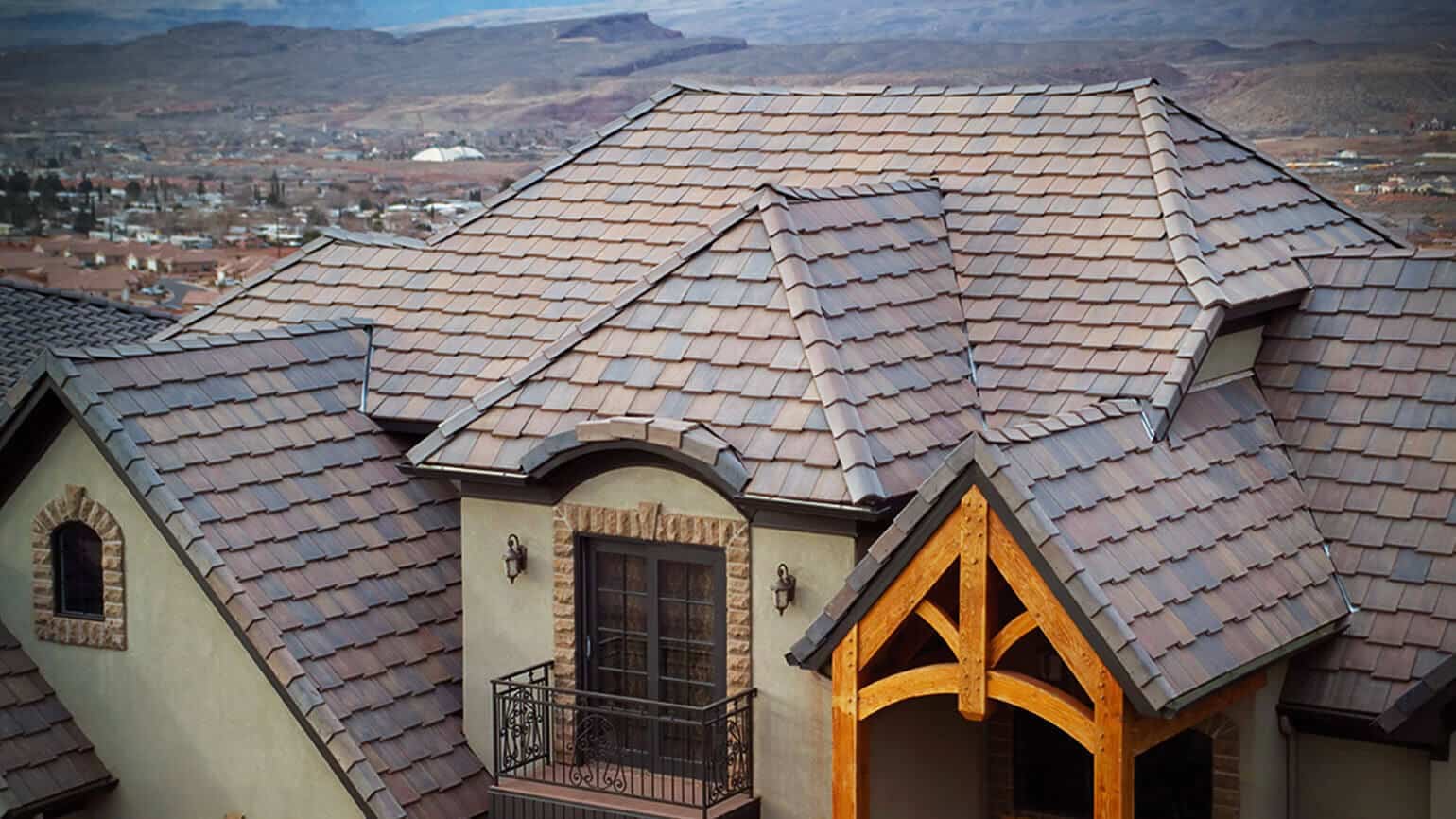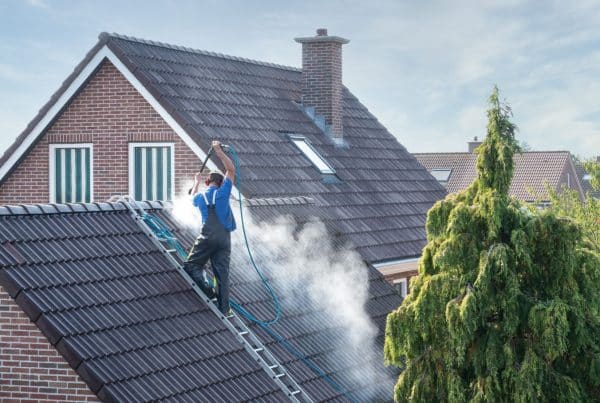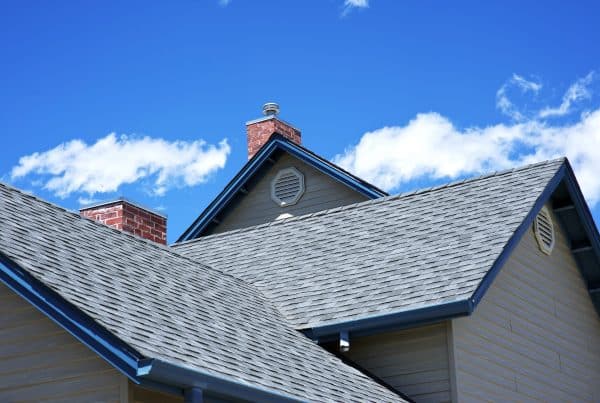Roof tiles have reliably protected homes and buildings from the elements for centuries and helped keep homes cool during the summer. Whether created from fired clay or ceramic, roof tiles are available in various colors and styles to suit any taste.
Today, we have tiles that look traditional, only now they are fashioned from concrete. Still, while modern roofing materials have primarily replaced traditional roof tiles in many parts of the world, they remain a popular choice in regions with a Mediterranean climate. Traditional tile roofing is excellent for places that frequently experience hot weather and coastal areas because of salt air. It also remains aesthetically pleasing, functional, and durable.
If you want a primo heritage finish on your contemporary home, read on and discover everything you need to know about traditional roof tile installation.

Factors to Consider Before You Install Traditional Tiles
Tile roofs are some of the longest-lasting roofing materials. Many ancient structures dating back to the 1st century still have intact tile roofs. These roofs come in different shapes, sizes, and even styles. However, most manufacturers are still developing ways to sell them as a complete system. So, before hiring a traditional roof tile installation service, you should consider the following factors.
Roof Pitch
A roof’s pitch is the measure of its steepness, and it plays a significant role in how effectively roof tiles can protect your home from the elements.
If you have a low-pitched roof, for example, roof tiles might not be able to provide enough protection from heavy rain or snow. Conversely, roof tiles can be challenging to install and maintain if you have a steep roof. Roofs with a moderate pitch are best for roof tile installations.
Usually, home remodeling contractors install traditional tiles on a roof with a 4/12 pitch. It is a standard requirement, so it is vital that a professional roofer comes and checks whether the existing roof deck has this minimum pitch. If it doesn’t, you’ll have to replace the entire deck before installing these tiles.
Material
As mentioned earlier, clay is the primary material for tile roofs. The source and manufacturing technique affects the quality of the tiles. Roof tile installation requires consideration of the material that makes up the tiles. Different materials have different properties that can affect the roof’s overall performance. For example, some materials are more resistant to weathering and wear, while others may be more susceptible to hail or high wind damage. Choosing tiles that fit your local climate helps. To avoid future hiccups, consult with a tile roofing contractor to determine which material is best suited for your particular roofing needs.
Underlayment
Modern roofing systems comprise an underlayment, a waterproof membrane fitted on the deck to prevent water damage, just in case it penetrates the main roof. This waterproof barrier, installed between the roof deck and the roofing material, acts as a secondary line of defense against leaks and can help extend the life of your roof.
When installing roof tiles, use high-quality and appropriate roof underlayment that fits your home. Coordinate closely with your roofing contractor about it.
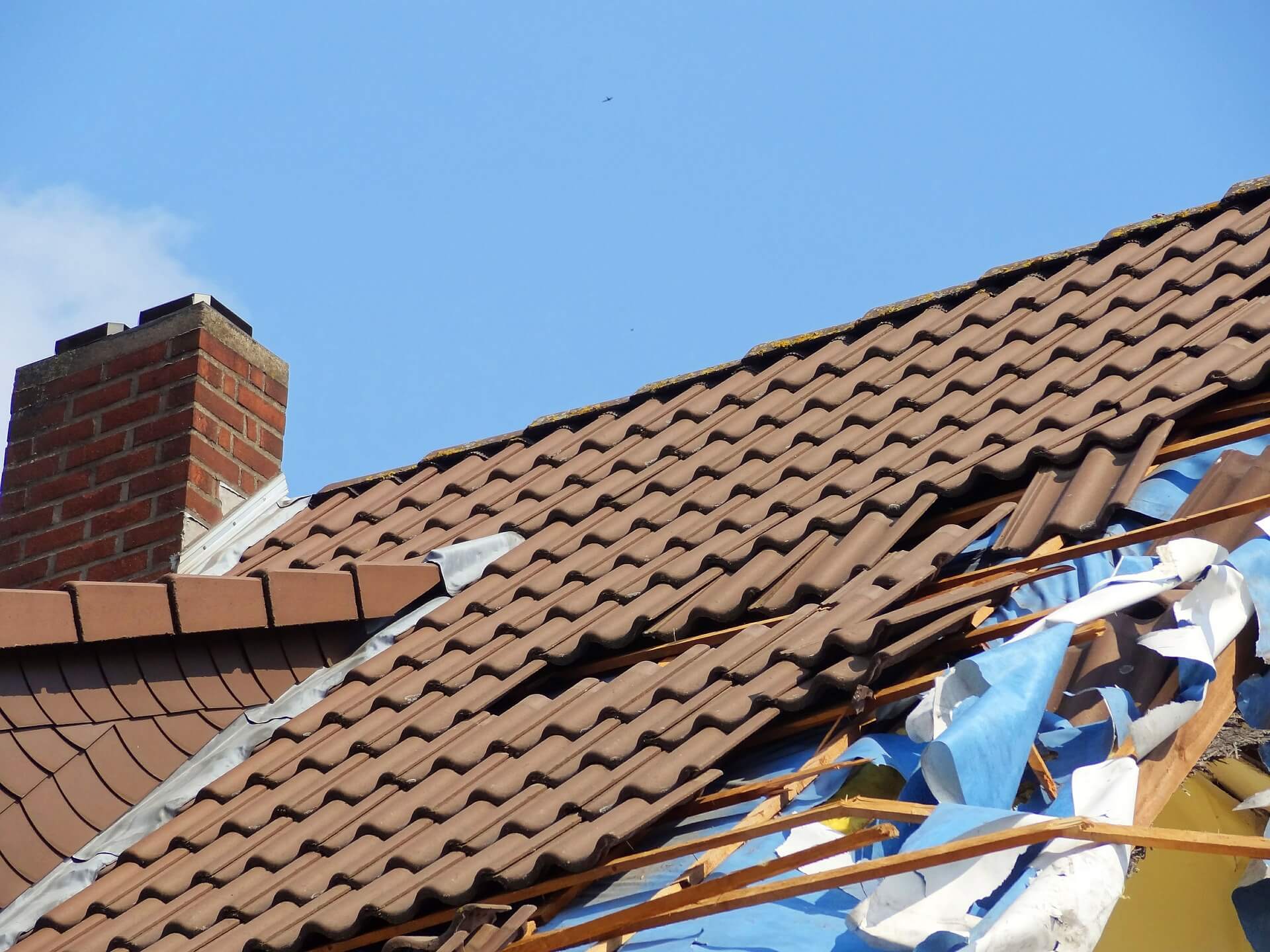
Poorly Constructed Tile Roofs
Why You Should Hire a Professional Traditional Tiles Roofer
Whether you plan to install traditional tiles on your new construction or re-roof your existing property, you need quality workmanship and materials. Here is why:
To Avoid Shoddy Installations
An asphalt shingles roofing expert may not be the best when it comes to installing traditional tiles. Now imagine what can happen if you trust an unqualified person with no experience, there will be all sorts of issues, such as:
- Improper overlap – Improper roof tile installation can often lead to overlapping problems. It happens when tiles are installed too close together, leaving no space for the next row to fit correctly. This ultimately leads to leaks and other damage to your roof. Unlike amateurs, professional roofers know how to leave enough space between the tiles during roof tile installation, ensuring maximum surface coverage and overall protection from the elements.
- Doing the installation under inclement weather – Roof tile installation is a delicate process only professionals should attempt in fair weather conditions. If the tiles are installed while it is raining or snowing, they could become damaged and no longer provide adequate protection. Additionally, roof tiles can become slippery when wet, which is an accident waiting to happen.
- Improper mortar application – Roof tiles are installed using mortar, a type of adhesive. The mortar can break down without proper installation, causing roof tiles to become loose and fall off. Improper roof tile installation is often the result of poor workmanship or using the wrong type of mortar. It is best to hire a qualified roofing contractor with experience installing roof tiles.
When professionals install your traditional tiles, you can be sure they cannot make such rookie mistakes.
Building Load Estimation for Traditional Tiles
Roofing materials have varying weights. A structure designed for asphalt shingle roofing may not have the strength to handle heavier materials, such as clay or stone. A roofing contractor can calculate the structure’s load-bearing capacity upon which you want to install traditional tiles. Sometimes they add enforcement on the roof to provide sufficient support. Roof tile installation can be complex and dangerous, so roofers must clearly understand the loads placed on the roof before starting work. Building load estimation is vital for professional roofers because it helps them to:
- Understand the weight of the roof tiles that the contractors will use in the project.
- Determine the amount of material needed for the roof tile installation
- Understand the necessary support structures required for the roof tile installation.
- Avoid potential hazards during the roof tile installation process.
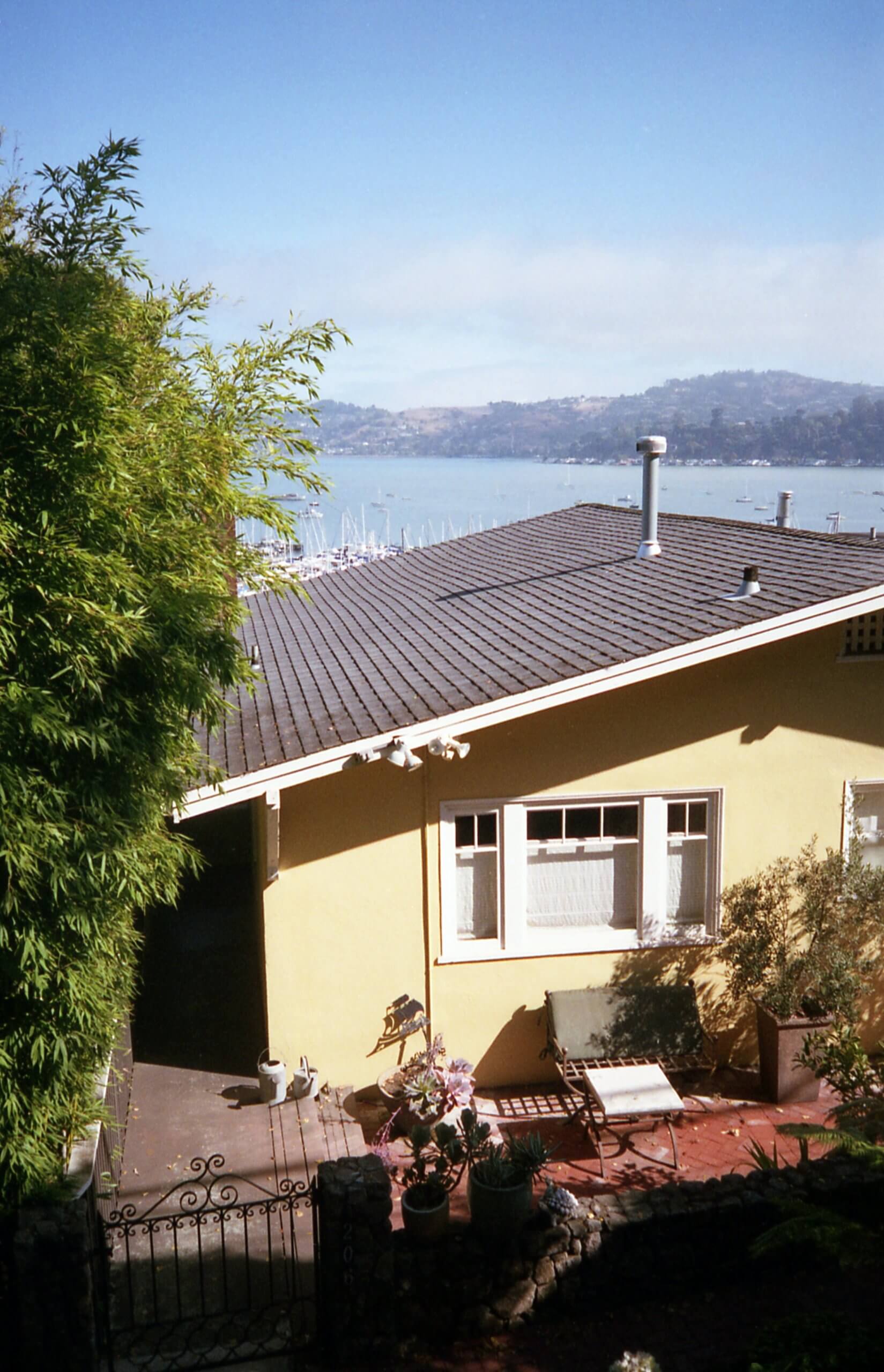
Don’t Second Guess; Tap Professionals
Roof tile installation is a job best left to professionals. It is a complex job requiring a great deal of experience and expertise. For one, they are heavy and can easily cause severe injuries if they fall. For another, installing them without the right know-how will only result in leaks, water damage, and expensive redos and repairs.
Roof tiles are a unique type of roofing material. Installing them requires a different approach from the one you’d use on shingle roofing. Attempting to install roof tiles yourself is likely to result in mistakes that will be both costly and time-consuming to fix. Whether it is an installation project or repairs, hiring professionals results in desired outcomes.
Looking for trusted, experienced, professional, and client-focused roofing contractors? Contact HelloProject at 1-800-900-7875 or click here to fill out an online form, and we will match you with a traditional roof tile contractor in your area who provides the services you need.

